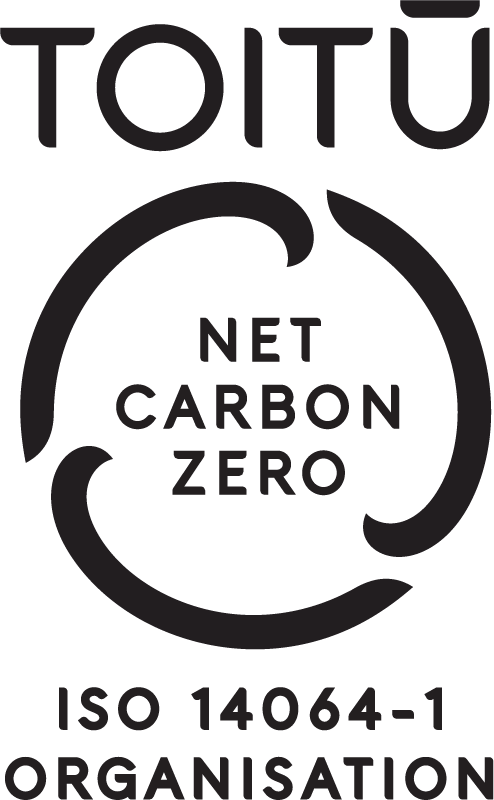
Mints View: China, Where to from here?
25 March 2020As the first into the Covid-19 nosedive, China should also be the first to come out the other side.
In summary, China has begun returning to normalcy. We expect a strong focus on consumption and infrastructure spending by the government to re-start the Chinese economy. Property investment may not be used as a lever this time. If China can avoid a second wave of Covid-19, then companies exporting to China (particularly consumer goods) should do relatively well in the period ahead.
We believe China still aims to achieve GDP growth of between 5.5 and 6.0%, and that an ‘overall well-off society’ remains the objective. Hence, significant policy stimulus will be used to kick start the economy post virus. The pace of resumption so far is variable. Capacity utilization and the return of people to work looks to be a bit over 80%, with these guestimates dominated by state-owned enterprises and offshore businesses. However, SME resumption is slower (~60%) and Consumer Services demand is still weak. Hence, we think policy stimulus will be aimed at the SMEs and enervating the consumer.
During the GFC in 2008/09 China used property stimulus as a key tool, which in turn drove strong demand for iron ore (benefiting Australian resources companies). It also drove excesses in the property system in China and we think they’ll want to avoid another property bubble. So, this time the stimulus may not be as Property centric; albeit the Property sector will still benefit in a second-order sense from rising consumer and business confidence and activity. Infrastructure will remain a key stimulus tool though, which will derive demand for underlying resources.
Consumption expansion will be a key aim of the stimulus. As a proportion of Chinese economic growth in 2019, consumption was a bit over 50%. Consumer credit fell sharply in February, and unlocking this aspect (through supply of credit and encouraging consumer demand) is key. A consumption stimulus policy was proposed on March 13th. On the supply side they will look to improve social infrastructure and mobile network construction. On the demand side they will look to stimulate the consumption capacity of consumers. Examples include issuing cultural travel vouchers (red envelopes) and consumer vouchers.
The valley is deep though and full consumer re-activity will take time: consumer surveys in early March suggest consumers are still seeing the impact on their income which in turn is driving conservatism in their spending patterns, with 59% of respondents reporting lower household income than the previous year and expectations/sentiment still weak. Restoring confidence is crucial to restarting consumer spending.
A lesson for NZ here is to mitigate the Covid-19 impact on confidence (both business and consumer) as early as possible to try and avoid a prolonged slow-down in activity. It seems we are doing just that.
Anthony Halls
Head of Investments
Mint Asset Management
Disclaimer: Anthony Hall is Head of Investments at Mint Asset Management Limited. The above article is intended to provide information and does not purport to give investment advice.
Mint Asset Management is the issuer of the Mint Asset Management Funds. Download a copy of the Product Disclosure Statement.


